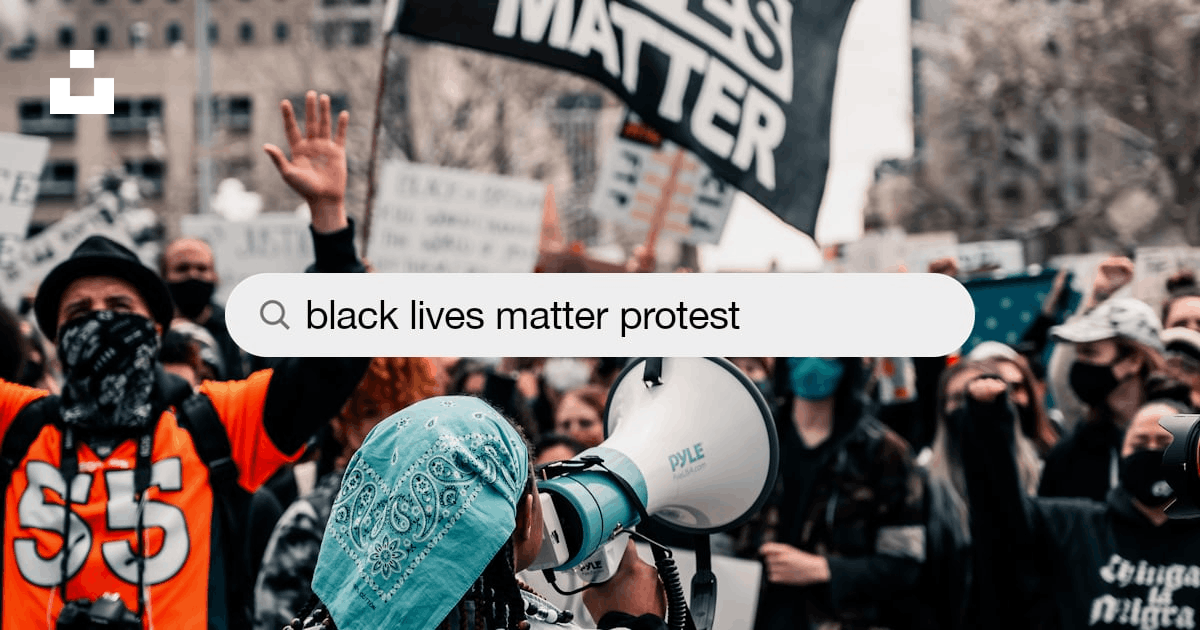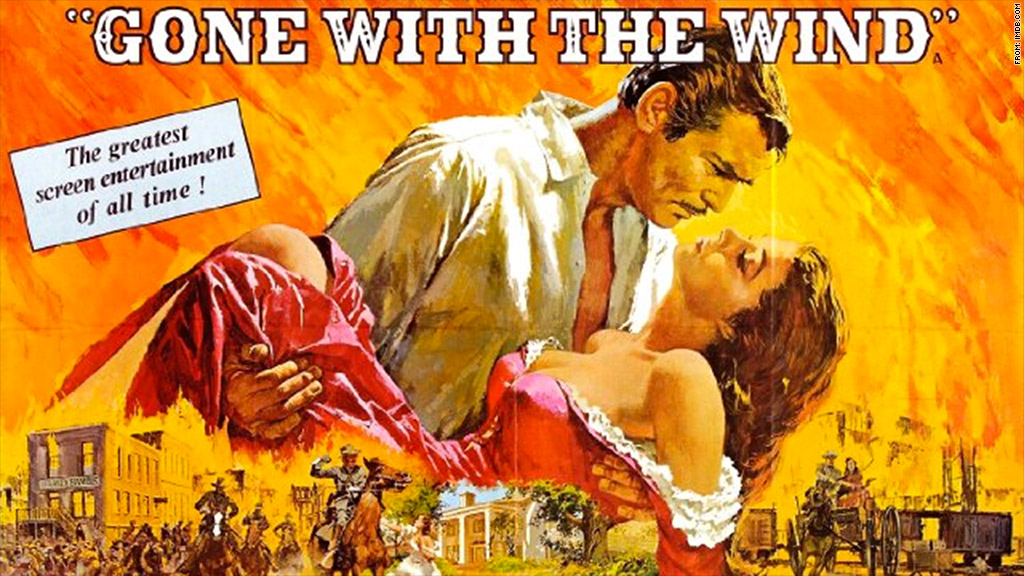The Original Tree
Diamond Member
- Thread starter
- #141
Only Nazis lock people in their homes, silence, censor, and cancel a Free People's right to free speech. Nazis invented industrialized abortion as a process. You support that, right, little DemNazi? You also support making so called "Scientists" the high priests of your Godless religion. You also support depopulation and euthanasia, and making The State your god.Confession time silly boy?
Why, you are all Nazi all the time. You even lie and propagandize like a Naz. The DemNazi party you support takes it's cues 100% from the Nazi agenda, Hitler's Nazis. Why you even hate Jews, Israel and Christians that support Israel.
Say hello to Margaret Sanger when you meet her in Hell, that is if your parched tongue can even utter a single word in the eternal lake of fire




